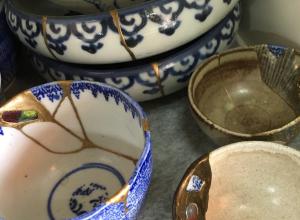How can an "ugly" painting be a masterpiece?
Art News
The art world lost ground-breaking performance artist and painter Carolee Schneemann yesterday. Here she speaks about her influences and her work Up To and Including Her Limits (1973-76).
Conservation experts with the Center for Research and Restoration of the Museums of France (C2RMF) at the Louvre have uncovered new evidence that a charcoal sketch long attributed to the workshop of Leonardo da Vinci may, in fact, have been created by the master himself.
Driving around the Johannesburg suburb of Fietas, David Goldblatt (1930–2018) tours the region that became a recurring subject in his photography. Goldblatt began photographing Fietas in 1976, witnessing its evolution from a thriving and diverse community to its erasure by apartheid—leveling the vernacular architecture and forcibly removing its residents. Officially called Pageview, the area had a large Indian population and was a popular shopping destination for people of all ethnicities. A crumbling concrete structure—once the home of Ozzie Docrat, an Indian merchant and hometown hero—embodies Goldblatt’s time in Fietas, representing a failed attempt of government demolition that now stands as "monument to apartheid."
Corrie & Nat break down Jean-Honoré Fragonard's "The Swing". The Babes discuss everything from the frilly pink dress to the clever details to the complicated story of the commission. Plus Corrie gets real into her feels about this cornerstone of the Rococo.
There is much to celebrate about the life and work of Rembrandt Harmenszoon van Rijn, the famed Dutch master. Prolific and ground-breaking in drawing, printmaking and painting, Rembrandt was adept at any of the subjects he tackled, from portraits, to still lives, landscapes and Biblical scenes. The Dutch are especially proud of their countryman, who despite never having left the Netherlands in his lifetime, has had a global influence.
This photograph of young farmers on their way to a dance was taken in Germany in 1914 by August Sander. Except they weren't farmers. And the dance they were on their way to was World War I.
For more than 15 years, Andrew Wyeth created 250 secret paintings. He hid them from everyone—including his wife, who was also his business manager—in the loft of a millhouse near his home in rural Pennsylvania. When they were discovered, in 1986, they generated a media frenzy that extended well outside the art world. The Helga paintings, as they came to be called, all depicted a single subject: Helga Testorf.
Glamour, snubs, surprises, tears, laughter—emotions and stakes run high at the Academy Awards. Now the exclamation point at the end of a long awards season, the Oscars have represented the pinnacle of achievement in the American film industry for over ninety years. The ups and downs the Academy faces in our broad cultural consciousness demand that we take a step back to reexamine what the Academy Awards are and why they still resonate as a symbol of artistic excellence.
Thomas Hovenden's The Last Moments of John Brown (c. 1884) captures the complex and controversial place John Brown holds in American history.


![DEl Kathryn Barton [Australian b. 1972] the more than human love , 2025 Acrylic on French linen 78 3/4 x 137 3/4 inches 200 x 350 cm Framed dimensions: 79 7/8 x 139 inches 203 x 353 cm](/sites/default/files/styles/category_card_187x139/public/ab15211bartonthe-more-human-lovelg.jpg?itok=LJbNuU6F)

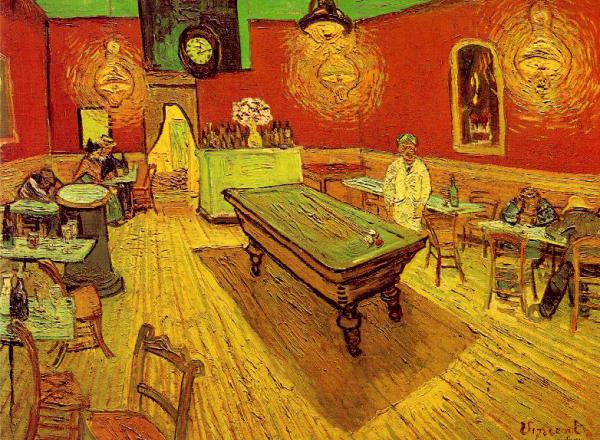
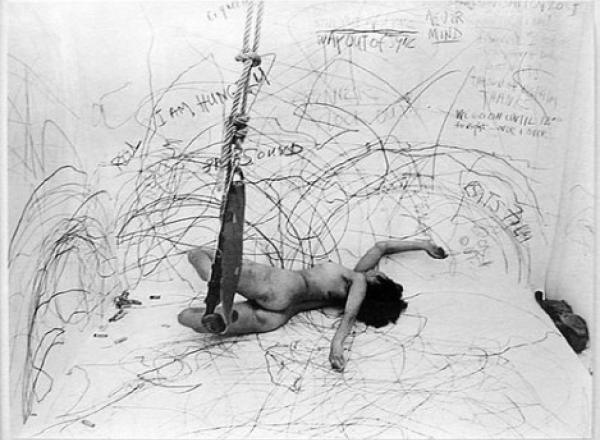
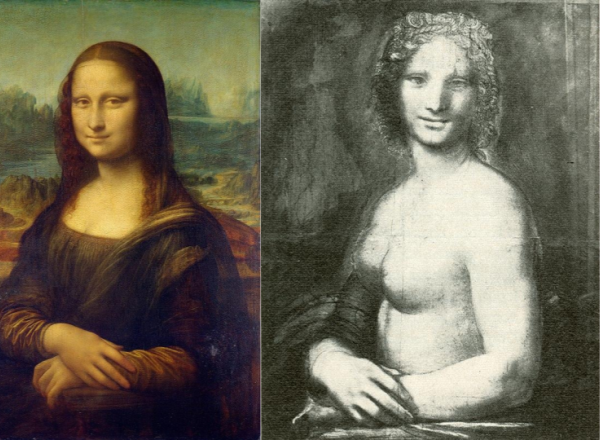
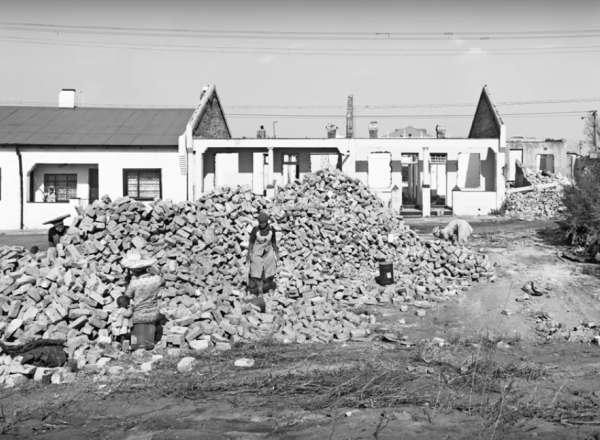
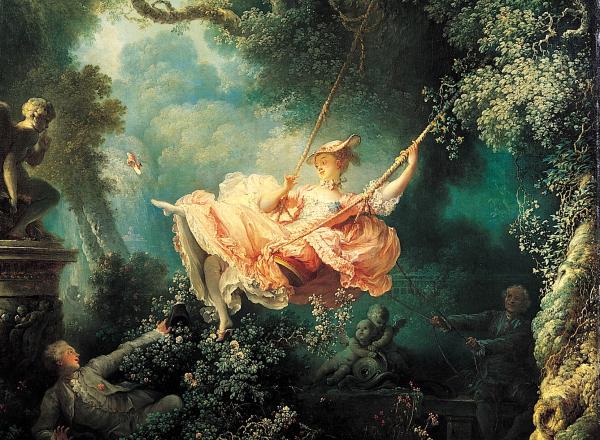
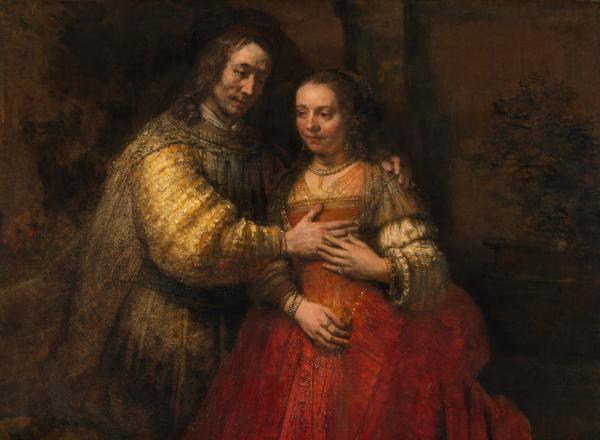
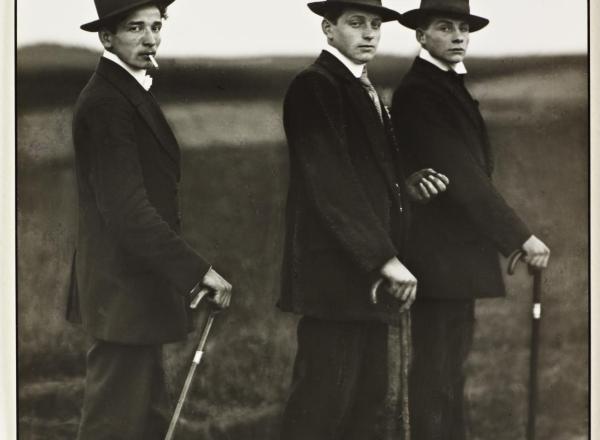
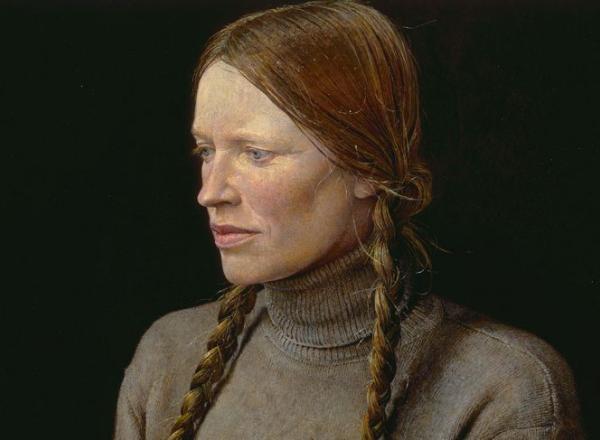
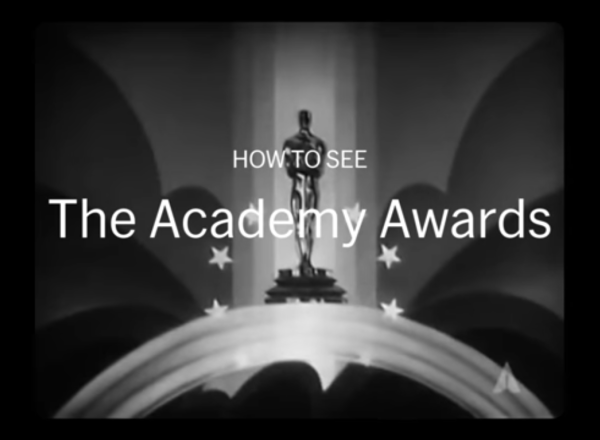
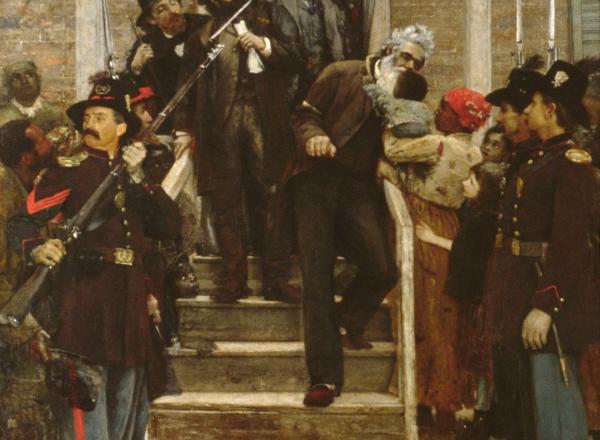

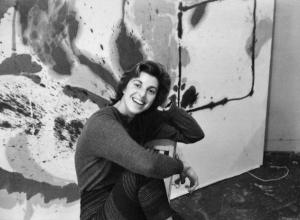














![Ginevra de’ Benci [obverse]. 1474/1478. Leonardo da Vinci. Oil on Panel. Ailsa Mellon Brue Fund, National Gallery of Art.](/sites/default/files/styles/image_5_column/public/ginevradebenciobverse196761a.jpg?itok=hIzdUTaK)

![Merina [Pop Chalee] Lujan, Taos, 1906 – 1993, Yellow Horse, gouache on paper, 13 1/8 x 18 1/8 in. (33.3 x 46 cm.) Estimate: 1,000 – 2,000](/sites/default/files/styles/image_5_column/public/4630-58.jpg?itok=kBAYkc0u)
